Fix your smartwatch authentication failures by enabling multi-factor biometric verification through your companion app, combining fingerprint, facial recognition, and heartbeat sensors for reliable access. Update firmware immediately with automatic OTA updates to patch security vulnerabilities. Configure backup methods like smartphone authenticator apps and SMS-based authentication before problems occur. Reset and recalibrate biometric sensors monthly through calibration settings for ideal recognition. Implement a 6-8 digit PIN fallback system after three failed attempts. These strategies will reveal extensive solutions for persistent authentication issues.
Enable Multi-Factor Biometric Verification on Your Smartwatch
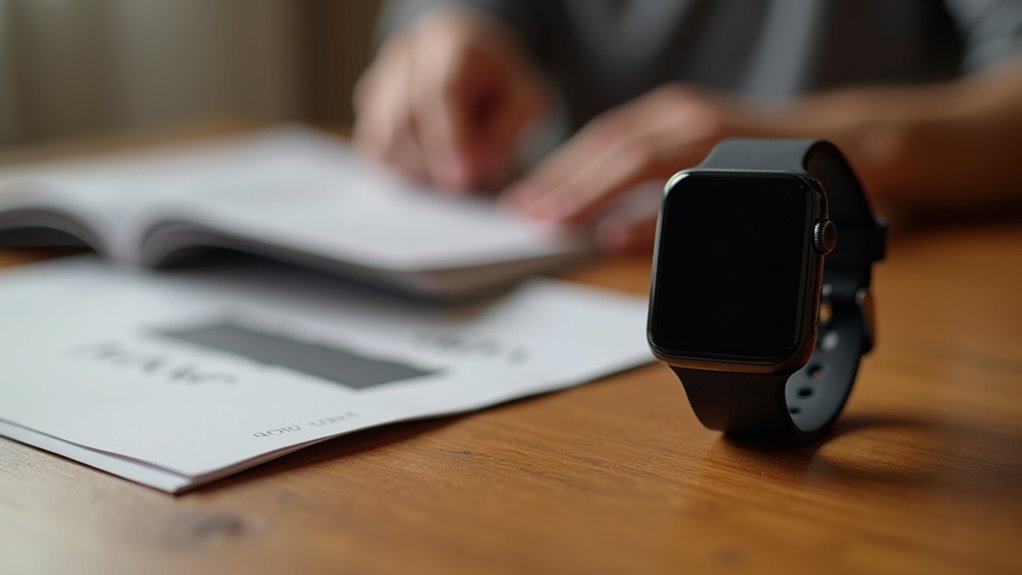
While traditional passwords and PINs can fail or be forgotten at critical moments, your smartwatch’s biometric capabilities offer a more reliable authentication solution.
Smartwatch biometrics eliminate the frustration of forgotten passwords when you need secure access most.
You’ll need to register your device first by scanning the QR code provided during setup. Once paired, enable fingerprint scanning and facial recognition in your authentication settings.
Configure heartbeat sensors if your wearable supports ECG verification—this adds an extra security layer that’s nearly impossible to replicate. Don’t forget to activate liveness tests to prevent photo or mask attacks.
Set up push notifications so authentication requests reach your smartwatch directly. Motion-based authentication through your device’s accelerometer and gyroscope can verify your identity based on unique walking patterns and gestures. Finally, enable step-up authentication for sensitive transactions, ensuring your device requests additional biometric confirmation when accessing high-risk accounts or making financial transfers.
Update Firmware and Security Patches Immediately
Because wearable devices store sensitive biometric data and handle authentication requests, you must prioritize firmware updates the moment they become available. These updates patch known vulnerabilities that hackers exploit to compromise your device’s security and steal personal information.
Enable automatic over-the-air (OTA) updates to receive security patches immediately without manual intervention. This minimizes downtime while ensuring you’re protected against emerging threats.
Regular updates enhance encryption protocols, improve authentication mechanisms, and fix bugs that could disrupt your device’s functionality. Security patches specifically address exploits in outdated software, preventing unauthorized access to your biometric data.
Updated firmware also maintains compatibility with evolving security standards and extends your device’s lifespan. Don’t delay these critical updates—your authentication security depends on staying current with the latest patches and improvements.
Check for software updates at least once a month to maintain optimal device security and performance.
Configure Backup Authentication Methods Before System Failure
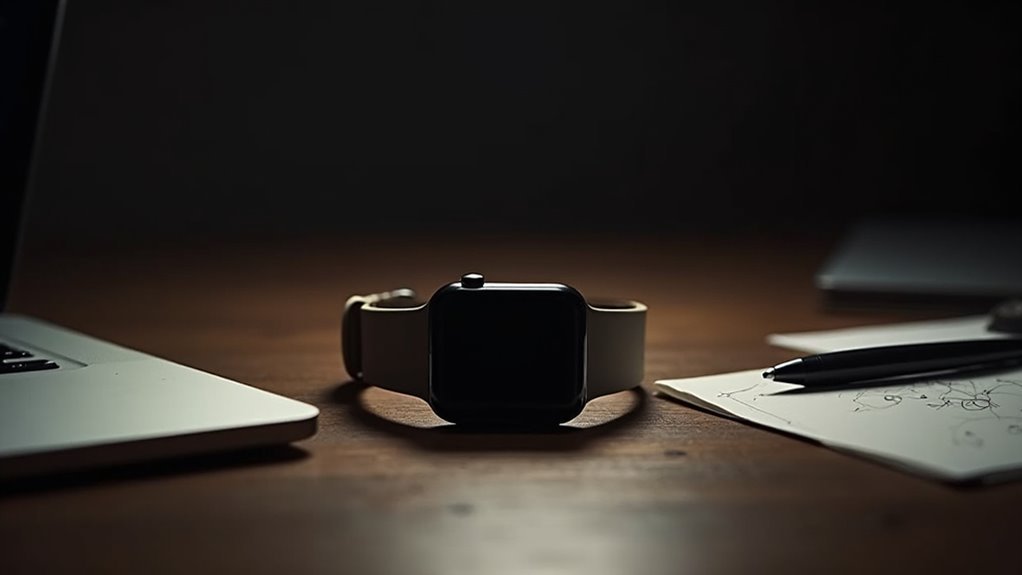
Before your wearable device fails during critical authentication moments, you must establish multiple backup methods that guarantee continuous access to your accounts and systems.
Configure smartphone authenticator apps like Google Authenticator or Authy to generate secure backup codes. Set up biometric alternatives including facial recognition and fingerprint scanning on trusted devices.
Enable SMS-based multi-factor authentication for situations when other methods aren’t available. Associate multiple devices with your accounts through public key infrastructure to create redundant authentication pathways. Consider hardware tokens like Yubikey USB devices that offer IP68 durability for reliable backup authentication during daily use.
- Your smartphone displaying a rotating six-digit code from an authenticator app
- Your face being scanned by your laptop’s camera for instant verification
- A text message arriving with a temporary passcode on your backup phone
- Multiple devices showing synchronized authentication prompts simultaneously
- A physical YubiKey inserted into your computer’s USB port
Reset and Recalibrate Biometric Sensors for Optimal Recognition
When your wearable device’s biometric sensors begin producing inconsistent readings or rejecting authentic authentication attempts, you must reset and recalibrate these components to restore ideal recognition performance.
Start by accessing your device’s calibration settings through the companion app or firmware menu. Perform baseline measurements using a reference device to establish accurate physiological data points. Run built-in sensor self-test routines to identify components showing aberrant readings that require immediate attention.
Schedule automatic recalibration during idle periods to maintain continuous accuracy. For persistent issues, restore factory calibration profiles to reset critical parameters.
Pay special attention to gyroscopes, accelerometers, and heart rate sensors, as they’re most susceptible to drift. This process reduces false rejections, enhances measurement consistency, and extends your device’s operational lifespan considerably.
Implement Device-Specific PIN Fallback Systems
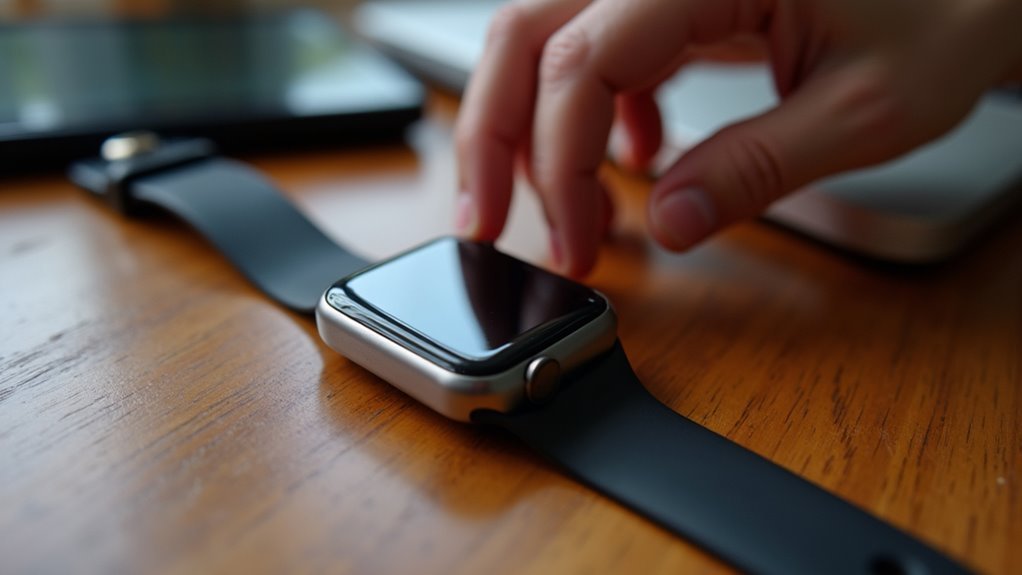
Even with properly calibrated biometric sensors, authentication failures will occur due to environmental conditions, temporary physiological changes, or hardware malfunctions.
You’ll need a reliable PIN fallback system to maintain device accessibility and security.
Your PIN implementation should automatically activate when biometric authentication fails three times. Set up complex PIN requirements with 6-8 digits minimum, and guarantee secure on-device entry rather than third-party services.
Configure behavioral biometrics to monitor your touch rhythms and entry patterns for anomaly detection. Implement data encryption protocols to protect PIN data using hardware-backed security features similar to those protecting biometric information.
- Your fingers trembling slightly as you enter the backup PIN during a morning workout
- The device’s haptic feedback confirming each digit as rain obscures the fingerprint scanner
- Motion sensors detecting unusual hand movements during unauthorized PIN attempts
- Clear error messages guiding you through fallback activation when biometrics fail
- Smooth shifts between authentication methods maintaining your device workflow
Frequently Asked Questions
What Should I Do if My Wearable Device Completely Stops Responding to Authentication Attempts?
First, restart both your wearable and connected device. Check if Bluetooth’s enabled and working properly. Clear your app cache, then try alternative login methods. If issues persist, contact support immediately.
How Can I Recover My Data When Authentication Fails Permanently on My Device?
You’ll need to stop using the device immediately, then try data recovery software or restore from backups. If authentication’s permanently failed, consider professional recovery services to extract your data safely.
Why Does My Smartwatch Authentication Work Intermittently but Not Consistently Throughout the Day?
Your smartwatch authentication fails intermittently due to Bluetooth connectivity issues, weak password policies, encryption gaps, network interference, and outdated software. You’ll need stronger passwords, regular updates, and two-factor authentication for consistency.
Can I Use My Wearable Device Offline When Cloud Authentication Services Are Down?
You can use some wearable devices offline when cloud services fail. Your device needs offline tokens or previous successful authentication cached. Configure alternative authentication methods beforehand to maintain access during outages.
What Happens to My Stored Passwords if I Need to Factory Reset My Device?
Factory resetting your wearable erases all stored passwords permanently. You’ll lose Wi-Fi credentials, payment info, and app passwords. However, you can recover synced passwords from your cloud account after resetting.
In Summary
You’ll prevent most wearable authentication headaches by staying proactive with these fixes. Don’t wait until you’re locked out—update your firmware regularly, set up backup methods now, and keep your biometric sensors clean. If you’re still having trouble, reset your device’s authentication completely and start fresh. Remember, a working PIN fallback can save you when biometrics fail unexpectedly.

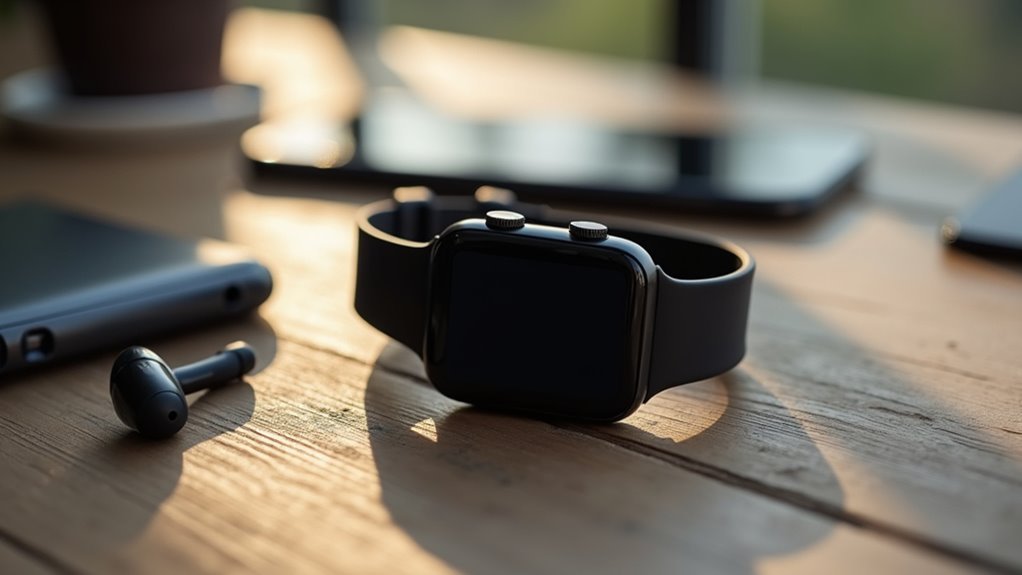
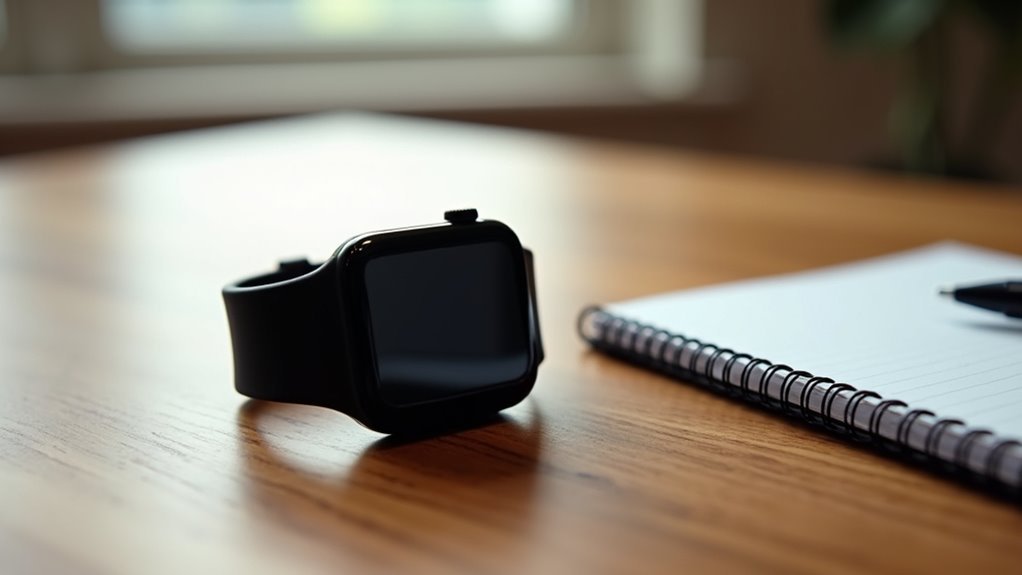
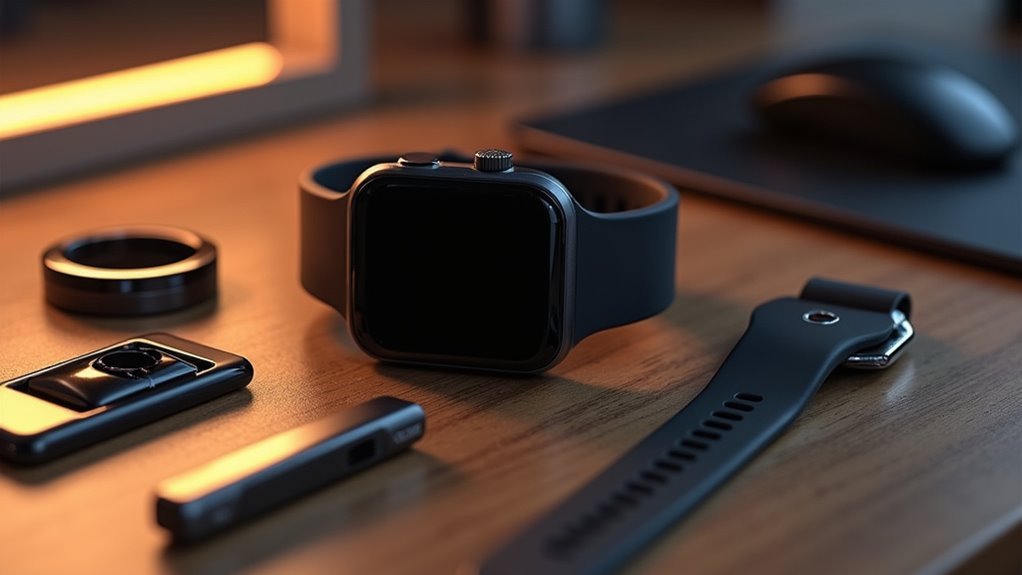
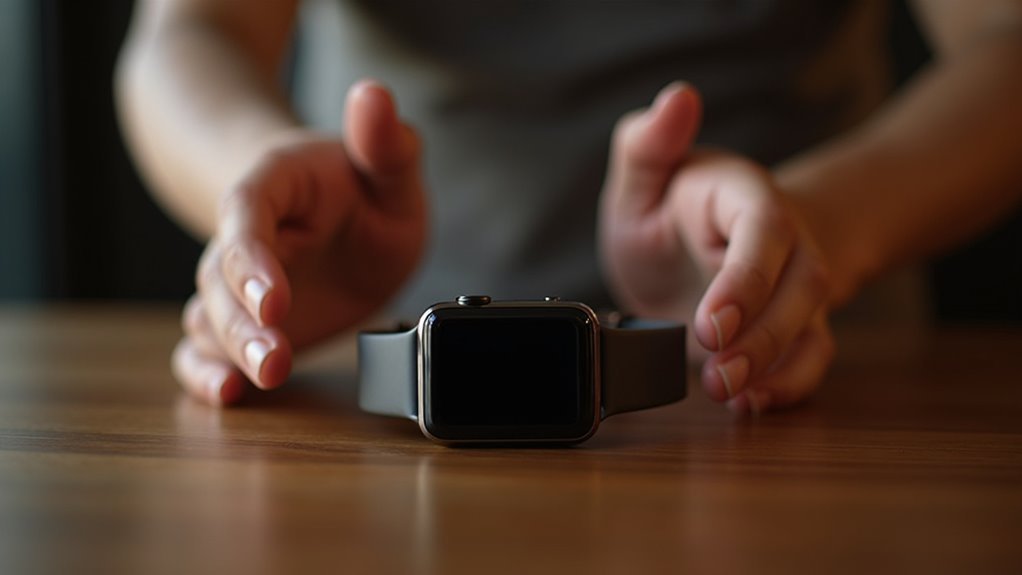
Leave a Reply